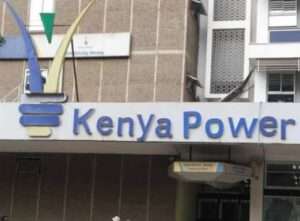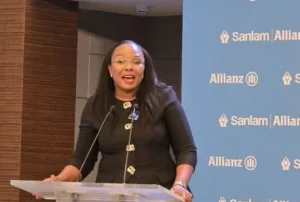The National Treasury unveiled Kenya’s Sh4.3 trillion budget for the 2025/26 financial year amid rising debt obligations and economic pressures.
The budget, read by finance cabinet secretary John Mbadi, reveals a significant reallocation of funds, with defence, infrastructure, and housing emerging as the biggest gainers while education and public financial management face major cuts.
Key Allocations
The lion’s share of the budget will go to the Executive, which has been allocated Sh2.5 trillion.
Parliament will receive Sh48 billion, while the Judiciary has been allocated Sh27.8 billion. County governments will share Sh405 billion, in line with the devolved governance structure.
Notably, debt servicing remains one of the largest expenditure items, consuming Sh1.1 trillion a figure expected to increase to Sh1.14 trillion by 2028/29.
ALSO READ: How Agri-Tech is Revolutionizing Bio-Agriculture in Kenya
Where the Money Will Come From
To fund the Sh4.3 trillion budget, the government aims to raise Sh3.3 trillion through ordinary revenue and Appropriations-in-Aid (A-I-A).
The remaining Sh916.5 billion will be sourced through a mix of domestic and external borrowing a move that continues to draw concern amid Kenya’s growing debt burden.
Big Winners After Budget Reorganisation
Parliamentary adjustments have seen a number of sectors receive significant funding boosts.
The Defence ministry gained the most with an additional Sh13 billion. Other key increases include:
- Quality assurance and standards — up by Sh5.9 billion
- Road transport — up by Sh5 billion
- Housing development and human settlement — up by Sh2.9 billion
- Migration and citizen services — up by Sh2.3 billion
- Land policy and planning — up by Sh2 billion
- Water and sewerage infrastructure — up by Sh1.9 billion
- Policing services — up by Sh1.8 billion
Key Sectors Face Budget Cuts
However, not all areas fared well. The education sector saw widespread cuts, with secondary education funding slashed by Sh4.1 billion, university education by Sh920 million, and primary education by Sh405 million.
Other major reductions include:
- Public financial management — down by Sh6 billion
- Sports — down by Sh1.1 billion
- Tourism — down by Sh840 million
- Governance and standards — down by Sh570 million
- General administration — down by Sh490 million
The cuts in education have sparked concern among citizens, particularly given the sector’s central role in the country’s long-term development and youth empowerment.
The projected rise in debt servicing to Sh1.14 trillion by 2028/29 raises questions about the sustainability of current borrowing levels.






